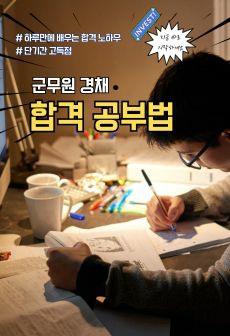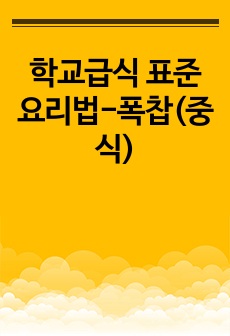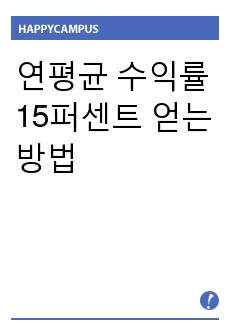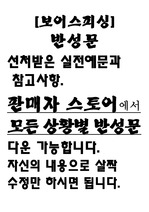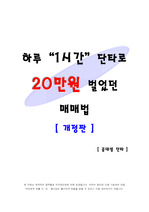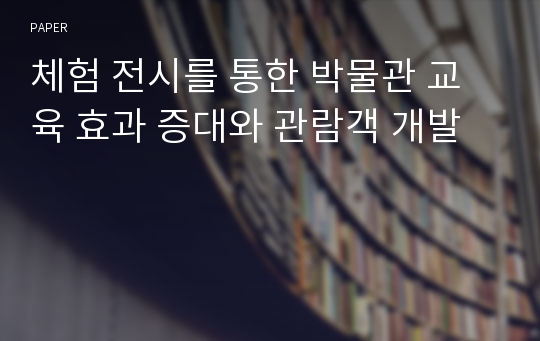체험 전시를 통한 박물관 교육 효과 증대와 관람객 개발
* 본 문서는 배포용으로 복사 및 편집이 불가합니다.
서지정보
ㆍ발행기관 : 한국박물관학회
ㆍ수록지정보 : 박물관학보
ㆍ저자명 : 송지영
ㆍ저자명 : 송지영
목차
Ⅰ. 들어가는말Ⅱ. 체험 전시의 개념과 활용 사례
1. 체험전시의 개념
2. 체험전시의 활용 사례
Ⅲ. 체험전시의 장·단점
Ⅳ. 체험 전시의 효과와 활용방안
1. 전시 유도 -교육적 효과
2. 마케팅 연계 -경제적 효과
3. 관람객 개발-홍보 효과
Ⅴ. 나오는말
참고문헌
한국어 초록
박물관은 더 이상 조용한 방 안에 오래된 물건을 전시하는 공간이 아니 다. 박물관이라는 개념이처음 생겨났을 당시에는 왕실이나 귀족이 취향에 따라 진귀 품을 수집하고 공개하는 것에 그쳤다.
이후 박물관은 공공 기관이며, 대 중의 교육 기관으로서 점차 영역을 확대해 나갔다. 현재 박물관
은 지식 을 전달히는 것에 머 물지 않고, 대 중들과 지식과 정보를 상호 교류하고 기관으로 자리잡고
있다. 1)
박물관의 기능인 수집 보존 연구 전시 교육 교류 중에서 전시는 박물관의 다른 기능 수행
을 표출하는 기능이며, 일반적인 대 중이 생각하는 박물관의 가장 주된 기능이기도 하다 다시 말
하자면, 전시는 박물관이 수집하고 보존한 유물을 연구하여 주제 에 맞게 전시하여 관람객에게 교
육적 효과를 얻게 하고, 그것을 통해 관람객과 일차적인 교류를 히는 통합적이고 포괄적인 활동인
것이 다 박물관은 ‘오리지날 오브젝트를 통해 의미와 관련성을 드러낼 목적으로 하는 교육적 행위
로서 단지 단편적 지식을 전달하기보디는 직접적 체험과 예시적인 매체를 통해’ 2) 자발적 학습을
추구하고, 박물관과 관람객과 상호 소통을 지향하고 있다,
본고에서는 박물관 전시 활동 중에서 최근에 많은 박물관에서 적용하고 있는 체험전시를 논의의
대상3)으로 그 효과에 대해 살펴보고, 박물관에 어떠한 영호t을 미치는가에 대해 알아보도록 하겠
다 그리고 관람객 흡인 요소로서, 관람객과 상호교류 하는 활동의 하나로 작용하는 체험전시의
역할에 대해 살펴보고자 한다.
영어 초록
Museums in earlier times were spaces for royals or aristocrats to coUect rarities and open to thelimited public according their interests. Then they have become the public institutions and
expanded their educational roles. Museums now not only disseminate knowledge as educational
institutions, but also communicate information with the public.
Museums are to collect, conserve, research, exhibit, educate and communicate material
evidence and information for the public. To exhibit is the prirne function, representing those other
functions, wmch the general public may understand.
Hands-on exhibitions allow people to touch and handle specimens or objects given by the
museum. They are introduced to make the audience understand easily and interested in
collections since an educational role of museums is of importance.
This article explores some cases of hands-on exhibitions. They include Children's Museum of
National Folk Museum of Korea, Seoul History Museum, and Samsung Children's Museum in
Korea, and Osaka History Museum, Edo Tokyo Museum, National Ethnography Museum and
Ueno Folk Material GalJery in Japan.
Hands-on exhibitions, on the one hand, can promote spontaneous learning motives and interests
through the first hand experience, enhance concentration, satisfy the intellectual needs of the
audience and allow interaction between the audience and the museum as media of two-way
communication. Moreover, they work effectively on audience development and marketing as a
means of irnproving intimacy.
On the other hand, objects of hands-on exhibitions do not carryrarity or aesthetic value as those in other exhibitions. They also cost the expense of development, production, maintenance and
repairing, and can cause noise and museum fatigue.
The effects of hands-on exhibitions are: 1) educational for exhibition inductions, 2) econornical
in marketing relation, and 3) publicity for audience development. Exhibition inductions employ
pacing guidance and signs for information, and other supplementary methods. Marketing relation
can enhance its effect by connecting diverse educational activity programmeS of museurns, or by
developing related products. Audience development can achieve its effect of interaction with the
audience through the above-mentioned programmes and marketing activities.
Museum education is for a broader range of audience from different ages, educational
backgrounds and interests. It is effective in various ways different from formal education and
gives different pattems of effect to individual audiences. Museums play complex roles in
providing diverse cultural facilities and opportunities for experience as open educational space
which carries wider knowledge.
In the past museurn collections and research activity were communicated in one-way with the
particular public - who visited the museurn. Today, however, the interactive communication is
intended between the audience and the museurn. Museums has extended and been proactive in
their functions and roles. This ar1icle explores hands-on exhibitions which museurns provide easy
and diverse spaces for the public to understand, and how hands-on exhibitions are employed and
which effects they produce.
참고 자료
없음"박물관학보"의 다른 논문
 『사립미술관의 현실과 과제』에 대한 토론문 -결론에 대한 추가 및 세부 제언-3페이지
『사립미술관의 현실과 과제』에 대한 토론문 -결론에 대한 추가 및 세부 제언-3페이지 『용산 새 국립박물관의 성과와 과제』에 대한 토론3페이지
『용산 새 국립박물관의 성과와 과제』에 대한 토론3페이지 수집 2세대의 박물관 전시21페이지
수집 2세대의 박물관 전시21페이지 한국의 박물관, 현실과 과제16페이지
한국의 박물관, 현실과 과제16페이지 사립(私立)박물관을 생각한다9페이지
사립(私立)박물관을 생각한다9페이지 용산시대 국립중앙박물관 기획특별전과 전시콘텐츠 마케팅20페이지
용산시대 국립중앙박물관 기획특별전과 전시콘텐츠 마케팅20페이지 강원 영동지역 역사민속계 박물관의 유물관리 개선 방안 연구14페이지
강원 영동지역 역사민속계 박물관의 유물관리 개선 방안 연구14페이지 국립중앙박물관문화재단의 역할과 ‘극장 용’의 마케팅26페이지
국립중앙박물관문화재단의 역할과 ‘극장 용’의 마케팅26페이지 스토리텔링을 적용한 박물관 전시 구조에 관한 연구19페이지
스토리텔링을 적용한 박물관 전시 구조에 관한 연구19페이지 문화재교육의 프로그래밍 방법론에 관한 연구26페이지
문화재교육의 프로그래밍 방법론에 관한 연구26페이지










